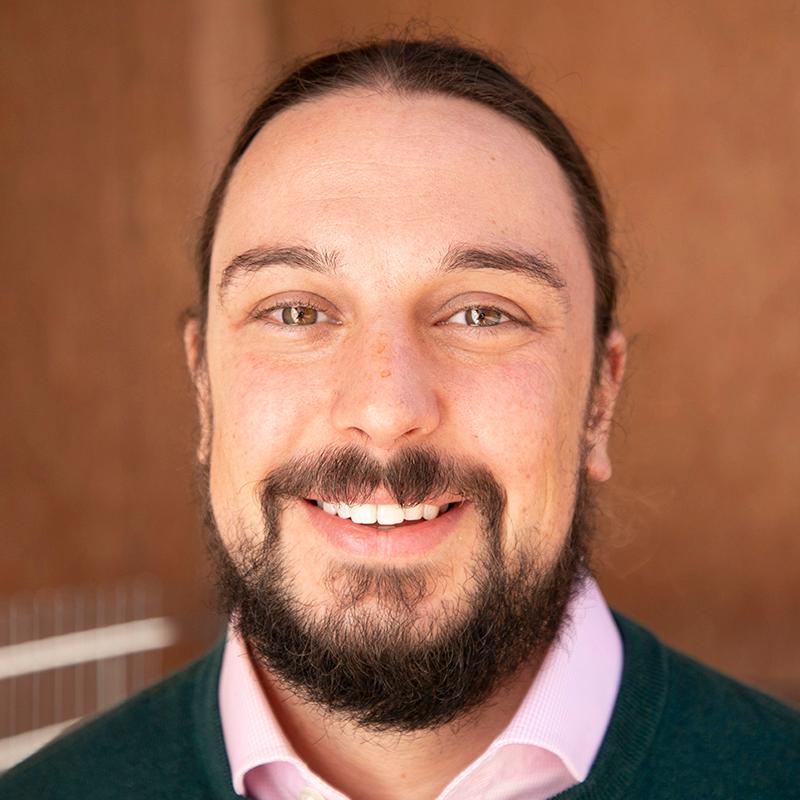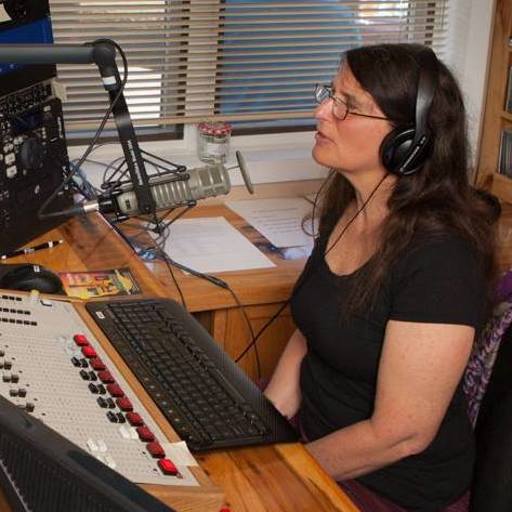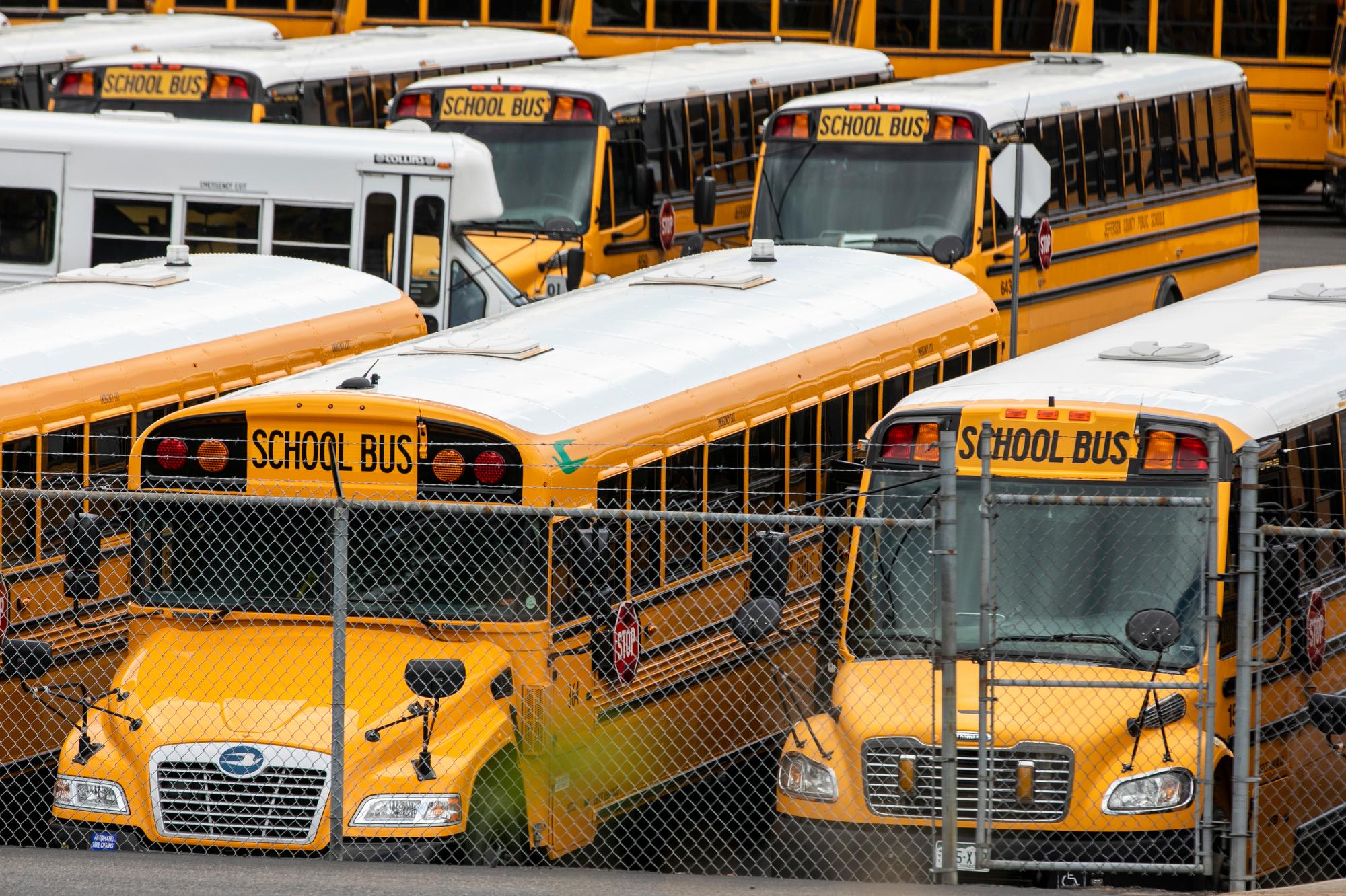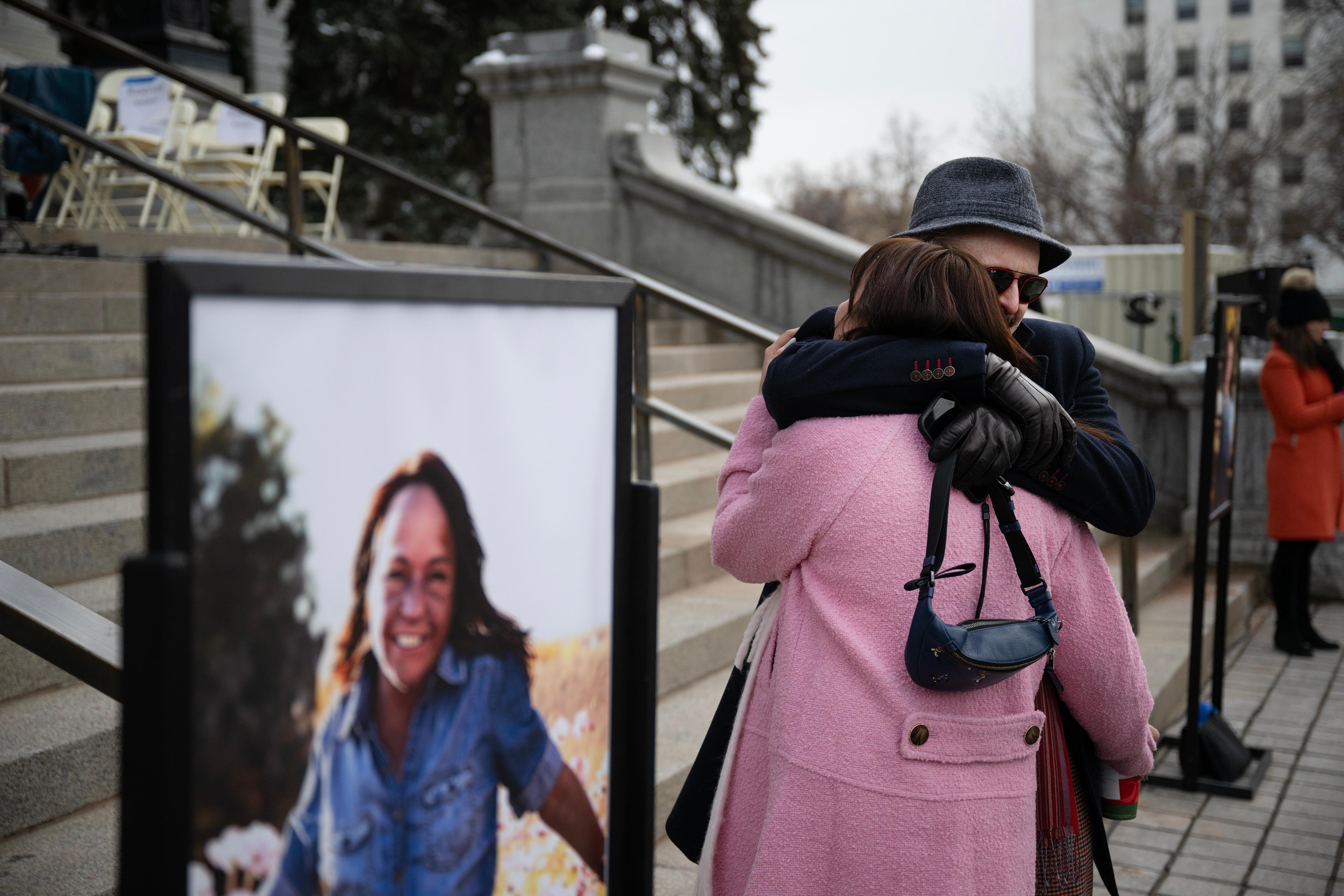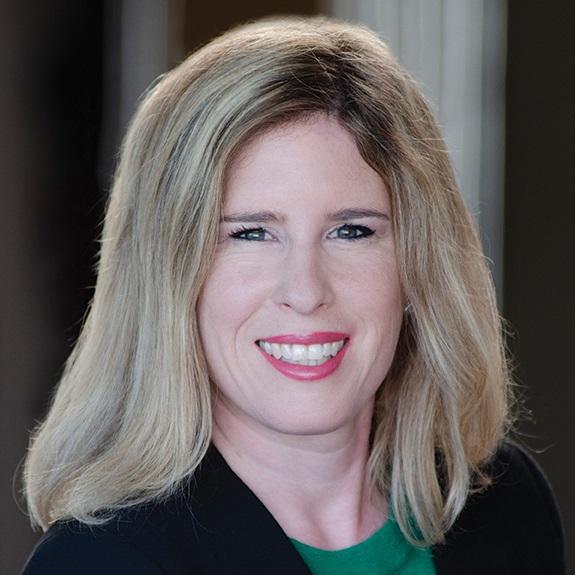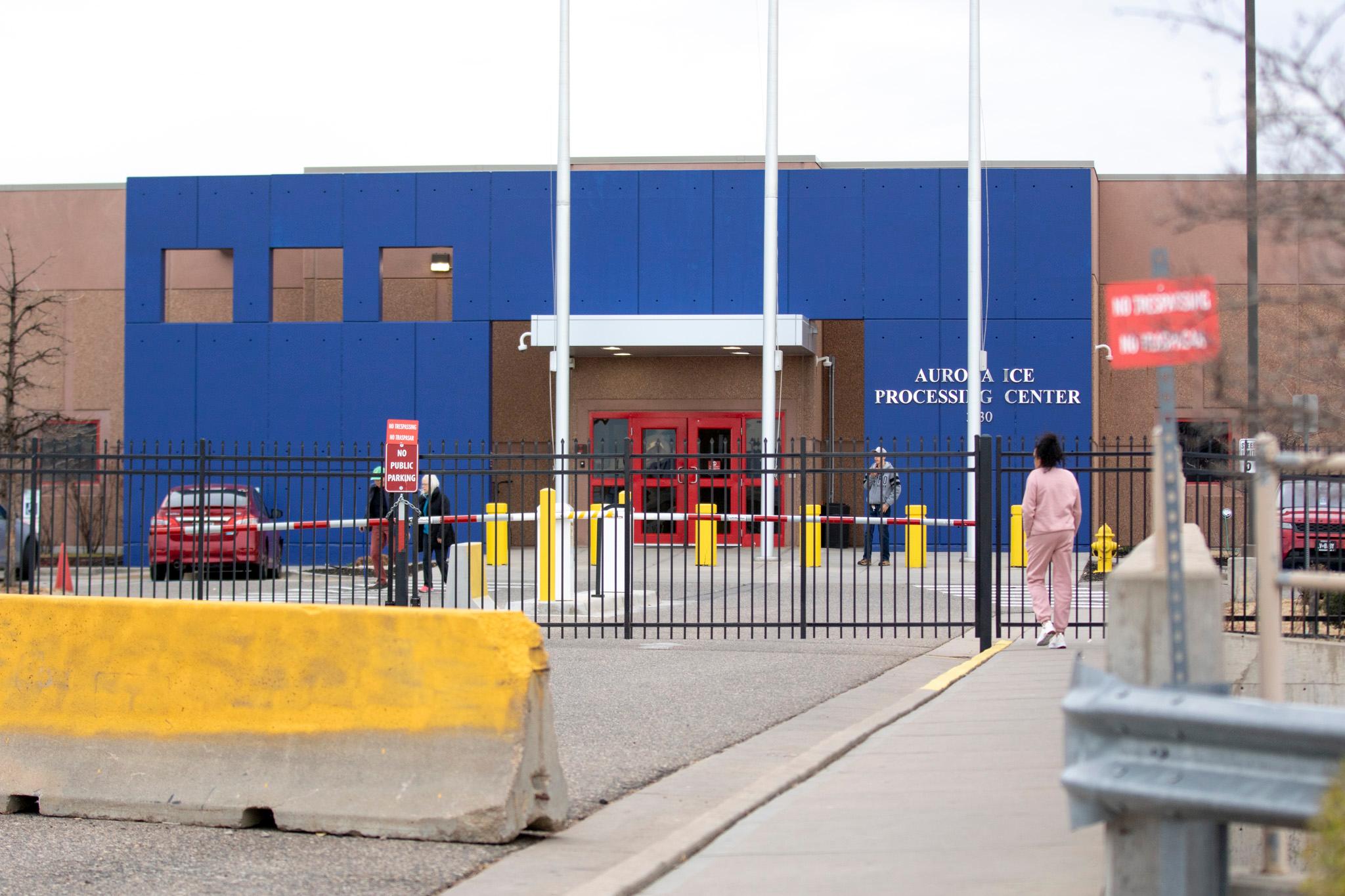
A relatively new approach to curbing juvenile crime in Mesa County seems to be making a difference, but proponents acknowledge it's just a starting point.
It’s called the Lighthouse Program. Dan Rubinstein is the District Attorney in the state’s 21st Judicial District. While he can’t say with certainty how to evaluate whether it’s succeeding in keeping young people out of the criminal justice system, he can say the previous approach needed help.
“Lighthouse started because I was communicating with my wife (Stephanie Rubinstein) actually, who at the time was still a magistrate judge and part of her caseload was the truancy caseload,” Rubinstein said. “And she used to tell me, ‘I'm getting my juvenile diversion kids two years too late and if I want to catch them and stop them from committing crimes and stop them from really progressing, I should get them when they first start missing school.”
Juvenile diversion programs aim to steer youth offenders away from the courts, giving them a chance to keep their records clean and avoid further run-ins with law enforcement. Rubinstein said those programs, by definition, are reactive, kicking in only after police have been involved. Instead, he pitched Mesa County leaders, including those at Colorado Mesa University and Mesa County Valley School District 51, on a plan.
“What do you guys think about running a program where we don't wait until they commit crimes and we start to catch the kids upstream when they start to go off the rails a little bit,” Rubinstein recalls saying to CMU leadership. “Whether that's missing school, getting suspended, getting expelled, or even just a referral from the Department of Human Services.”
The Lighthouse Program is voluntary. Children and their parents can be referred to resources, guidance and mentorship. One key element of it involves pairing children with CMU students for guidance.
“If they are a psychology major or a criminal justice major or social work major, and this is what they want to do for a living, they can actually get paid as a student to come in and start working with these kids,” Rubinstein said. “So it really benefits the juveniles, it benefits the university students and it hopefully gets our program to start to work with these kids before it's too late.”
University President John Marshall sees the program as not just a community asset, but a way to eventually bridge the gap between struggling students and the CMU campus, where nearly half the student body are first-generation college students.
“The success of that program is proving out where you can get kids who are admittedly on a potentially really bad track and get them re-oriented with a near-peer mentor,” Marshall said. “And college kids who were first in their family to be here are such perfect mentors for those younger kids who need some help, whether it's truancy or diversion — just such a good match for both us and for the kids.”
Process over results
The Lighthouse Program is nearing the end of its second year of operation. Staffing has ballooned to six full-time employees to help meet demand, which has led to a waitlist to get in. Because the program is still young, there’s not much to point to as far as results but there is promise.
“From the first 12 months to 23 months, we've closed 64 cases and we are seeing a recidivism rate of those kids coming in at about 4 or 5 percent, which is dramatically lower than kids that enter the juvenile justice system and wait to get services,” Jacque Berry, director of the program, said.
It’s too early to tell how those cases will hold up to time, but Rubinstein said traditional diversion programs didn’t produce the cleanest data, either.
“We used to evaluate success based upon recidivism of criminal cases because we were a juvenile diversion program and all we looked at was whether or not the kid committed another crime,” Rubinstein said, adding that such an approach missed key issues.
“Sometimes crimes still happen and sometimes relapses still happen in the drug world and that isn't necessarily a failure,” he said. “In fact, oftentimes what's the successful part is how they respond to that. And so I don't know exactly how I define success, but I know it is not whether or not they commit another crime. I know it's a much bigger concept about the health of that family and the health of that kid.”
To achieve those ends, Berry said, the Lighthouse Program includes families in their programming, which can range from counseling to classes on social media habits or even providing family portraits.
Grant funding supports the bulk of the Lighthouse Program, including opioid settlement funds paid out by major drug manufacturers, and Berry said the interest in Lighthouse is outpacing its current capacity. She said it’s also a difficult model to replicate elsewhere, given the partnerships required to provide resources and the time-intensive nature of preventative cases compared to a regular juvenile diversion program. Still, she hopes to see more interest in the approach.
“There's a number of programs across the state that when they learn about the Lighthouse and our prevention in conjunction with our juvenile diversion, they're like, ‘I can't believe you can do that. How is that happening?’ Because unfortunately at the moment, our diversion cases are on the rise,” Berry said, “which tells me we've got more prevention work to do to keep these kids out of the system.”
